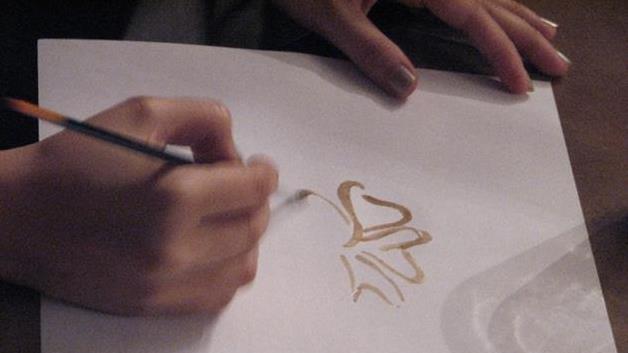
As you already know, divorce is one of the most emotional things you will go through. The emotions that come with divorce are all over the board and come at you strongly, without warning. It’s not the divorce alone that changes your life, it’s the emotions that come with divorce. When divorce happens, many people consider therapy. When you think of therapy, what comes to mind? Is it you sitting on a couch in an office filled with books where you discuss your life, your parents and your issues for an hour? There was a time when therapy was just that. Today, however, there are so many different types of therapy available to you.
Just a couple of years ago, I graduated with my Master’s Degree in Counseling after a long, heated divorce. I spent time in a therapist’s office and originally thought I would be one of those therapists with the book-lined office talking to others about their issues, their parents and their lives. That was until I started researching different types of therapy in order to offer it to the people I worked with. You’ll find some descriptions below.
EFT Tapping: EFT stands for Emotional Freedom Techniques and is a different type of therapy that combines acupuncture with therapy. No, there are no needles. Rather than placing needles where an acupuncturist would, you’re tapping those areas while repeating various phrases related to your specific therapy. There is a lot of scientific jargon that shows why tapping works more quickly than traditional therapy and describes how exactly it works; I’ll let you research that on your own. Based on my own experiences, I’ve been able to more quickly bring up the emotions related to the issue at hand while tapping, which allowed me to more quickly resolve them. Clients who have used this technique have reported the same effect. Whether you find a YouTube video or an EFT expert, this is a very different type of therapy that has proven results.
Art Therapy: Imagine going to your therapist’s office and rather than talking for an hour, you and your therapist sit down with paintbrushes or colored pencils and create. The art therapist guides you in this process to put those feelings and emotions you have into your creation and use the creation as a way to release it all. There are many forms of art therapy including traditional art like drawing and painting, but also dance and music related art therapies. A certified art therapist will guide you through this process that is used to treat all sorts of physical, emotional or mental problems.
Life Coach: A life coach is an empowering way to move forward. Life coaches work to help their clients see the strengths they already have and work with their clients to apply those strengths to their lives. While in traditional therapy, a lot of time is spent on the problems; in coaching sessions, a lot of time is spent in creating specific goals to overcome the problems, see the problems as lessons and apply the learned lesson to the client’s future. Rather than talking throughout a session, working with a coach will include talking, goal building, step creation to achieve those goals and empowerment from your coach when you feel like you aren’t where you should be. As someone who has transitioned from counselor to coach, the best way to put show the difference is to say that a counselor spends a lot of time in the past whereas a coach focuses on the future, using the past as a lesson and a base.
Write Therapy: Much like art therapy, writing out what you’re feeling can help you get the emotions out of your system and down on paper. Starting a journal can be as therapeutic as going to a counselor or art therapist or even a coach. The key is to sit in a quiet place, start writing and ignore things like grammar, punctuation and spelling. Just start writing. Sometimes a writing prompt is helpful, other times you may be going through so much, none is needed. Once you’re able to get those emotions out, you can begin to notice patterns in them. Use your journals and the patterns you’ve found in your write therapy to talk to a counselor or coach and work to overcome them.
Guided Meditation: When you’re at the point where you can’t sleep or can’t focus; guided meditation can be just the thing for you. A simple search for guided meditation podcasts will result in many free offerings that you can try today. These meditations are meant to bring you to the relaxed state you need to get the intrusive thoughts out of your head and bring attention back where it belongs. The meditations can ground you, bring your mind where it needs to be and slowly bring you back to your awake state (if you’re not using these to fall asleep) where you can go about your work again without the hundreds of thoughts racing through your brain.
These are just a few of the different types of therapy available to you. I have either personally taken part in these or have had my client’s work with them. While each of these therapies work, some of the therapies work for certain people, but not for others. Research what may work with you, request a free consultation with a professional and try some different things out. No one is in this alone when there are a host of professionals out there who want nothing more than to help you through your life.
Related Articles:
- Couples Therapy: Will It Make You Or Break You?
- Couples Counseling: It’s Well Worth The Investment!
- Divorce Coaches: What Are They And How Can They Help?
- 9 Signs Your Child Needs Therapy During Or, After Your Divorce
photo credit: Coffee Painting with Sunshine Plata via photopin (license)

Leave a Reply